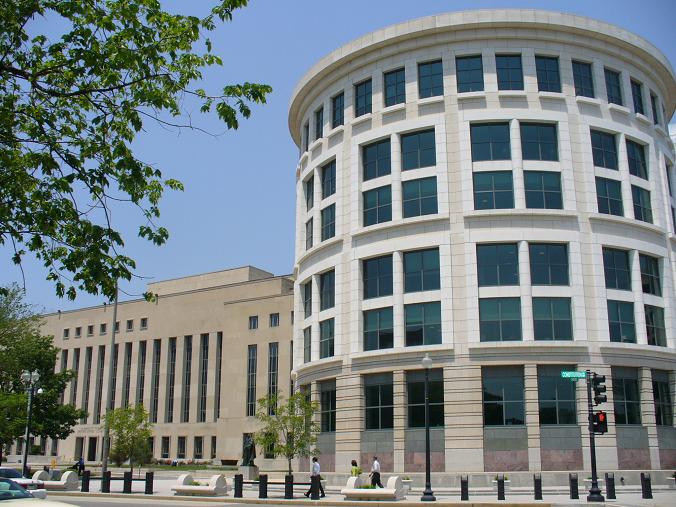 After the
30+ MW solar farm in Social Circle, Walton County, GA for Georgia Power,
another 20 MW one near Hazelhurst, Jeff Davis County, GA for Green Power EMC.
Do this every month and Georgia will start to catch up with other states
such as New Jersey.
Somebody tell FERC solar is faster, cheaper, and far far cleaner than
a dirty, dangerous, land-grabbing fracked methane pipeline.
After the
30+ MW solar farm in Social Circle, Walton County, GA for Georgia Power,
another 20 MW one near Hazelhurst, Jeff Davis County, GA for Green Power EMC.
Do this every month and Georgia will start to catch up with other states
such as New Jersey.
Somebody tell FERC solar is faster, cheaper, and far far cleaner than
a dirty, dangerous, land-grabbing fracked methane pipeline.
PR 20 June 2014,
Green Power EMC Project Boosts GA’s Supply of Solar Energy,
Green Power EMC, the renewable energy supplier for 38 Georgia
Electric Membership Corporations (EMCs), has reached an agreement to
purchase the full output of a new 20 megawatt (MW) solar project
planned for construction in southeast Georgia.
The ground-mounted solar project will be constructed near
Hazlehurst, Ga., in Jeff Davis County. It will be one of the largest
solar generating facilities in Georgia. The solar array will occupy
approximately 135 acres and will incorporate over 87,000 solar
modules. Once completed, the solar array will generate more than
43,000 megawatt hours of clean, renewable electricity annually.
Under an agreement with owner-operator Silicon Ranch Corporation, Continue reading 20 MW Solar at Hazlehurst, GA by Silicon Ranch for Green Power EMC →
 We’ve all
seen it here in Alabama, Georgia, and Florida,
and our allies from New York went to FERC in DC to
sing it: FERC’s a rubberstamp machine!
We’ve all
seen it here in Alabama, Georgia, and Florida,
and our allies from New York went to FERC in DC to
sing it: FERC’s a rubberstamp machine!







